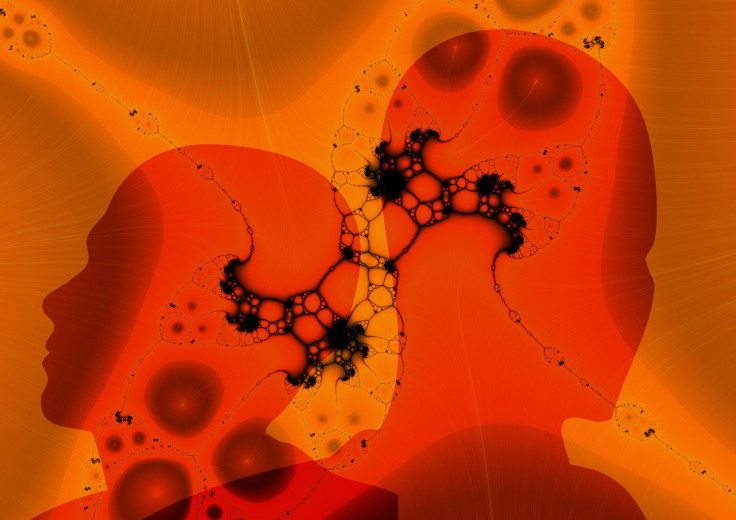What Causes ALS? In Medical 'Breakthrough,' Scientists Discover How Protein Mutation Damages Motor Neurons

A new study brings hopeful news to patients diagnosed with amyotrophic lateral sclerosis (ALS), a debilitating neurodegenerative disease that affects nerve cells in the brain and spinal cord. Roughly 6,400 Americans are diagnosed with the condition every year. Now, researchers from the University of North Carolina School of Medicine might be one step closer to finding a cure, as they’ve discovered the clumps of toxic proteins responsible for its onset.
"One of the biggest puzzles in health care is how to address neurodegenerative diseases. Unlike many cancers and other conditions, we currently have no leverage against these neurodegenerative diseases," said the study’s senior author Nikolay Dokholyan, a biochemistry professor at UNC, in a press release. "This study is a big breakthrough because it sheds light on the origin of motor neuron death and could be very important for drug discovery."
For the study, published in the Proceedings of the National Academy of Sciences, Dokholyan and her team focused on the genetic mutation of one particular protein known as SOD1. Researchers have known since the early 1990s the protein was unique to ALS because it killed neurons within the patients’ brains. However, it was still unclear how the protein looked; researchers only knew ALS patients had this mutation.
Proctor and her team spent two years developing a way to trace brain damage in the brain caused by this mutation. Through a combination of algorithms and computer models, they were eventually able to identify SOD1’s structure at the damaged sites within live cells. They found SOD1 formed into clumps of three proteins called “trimers,” which are capable of killing motor neurons. In patients with ALS, this translates to gradual paralysis — not only with moving legs and arms, but also with speaking, swallowing, and breathing — and eventual death.
"This is a major step because nobody has known exactly what toxic interactions are behind the death of motor neurons in patients with ALS," said the study’s lead researcher Elizabeth Proctor, a graduate student at UNC, in a press release. "Knowing what these trimers look like, we can try to design drugs that would stop them from forming, or sequester them before they can do damage."
Proteins, when clumped into sets of three, are unstable within the body — hence why they’re considered a mutation. Proctor believes this is the reason behind SOD1’s toxicity inside the brain. The proteins interact with other neurons and wind up damaging them permanently, leading to ALS’s characteristic degeneration.
The results may not only benefit those affected by ALS, however. Researchers believe they can also shed light on other neurodegenerative diseases and help patients who suffer from them. "There are many similarities among neurodegenerative diseases," Dokholyan said. "What we have found here seems to corroborate what is known about Alzheimer's already, and if we can figure out more about what is going on here, we could potentially open up a framework to be able to understand the roots of other neurodegenerative diseases."
Source: Proctor E, Dokholyan N, Fee L, et al. Nonnative SOD1 trimer is toxic to motor neurons in a model of amyotrophic lateral sclerosis. Proceedings of the National Academy of Sciences. 2015.



























